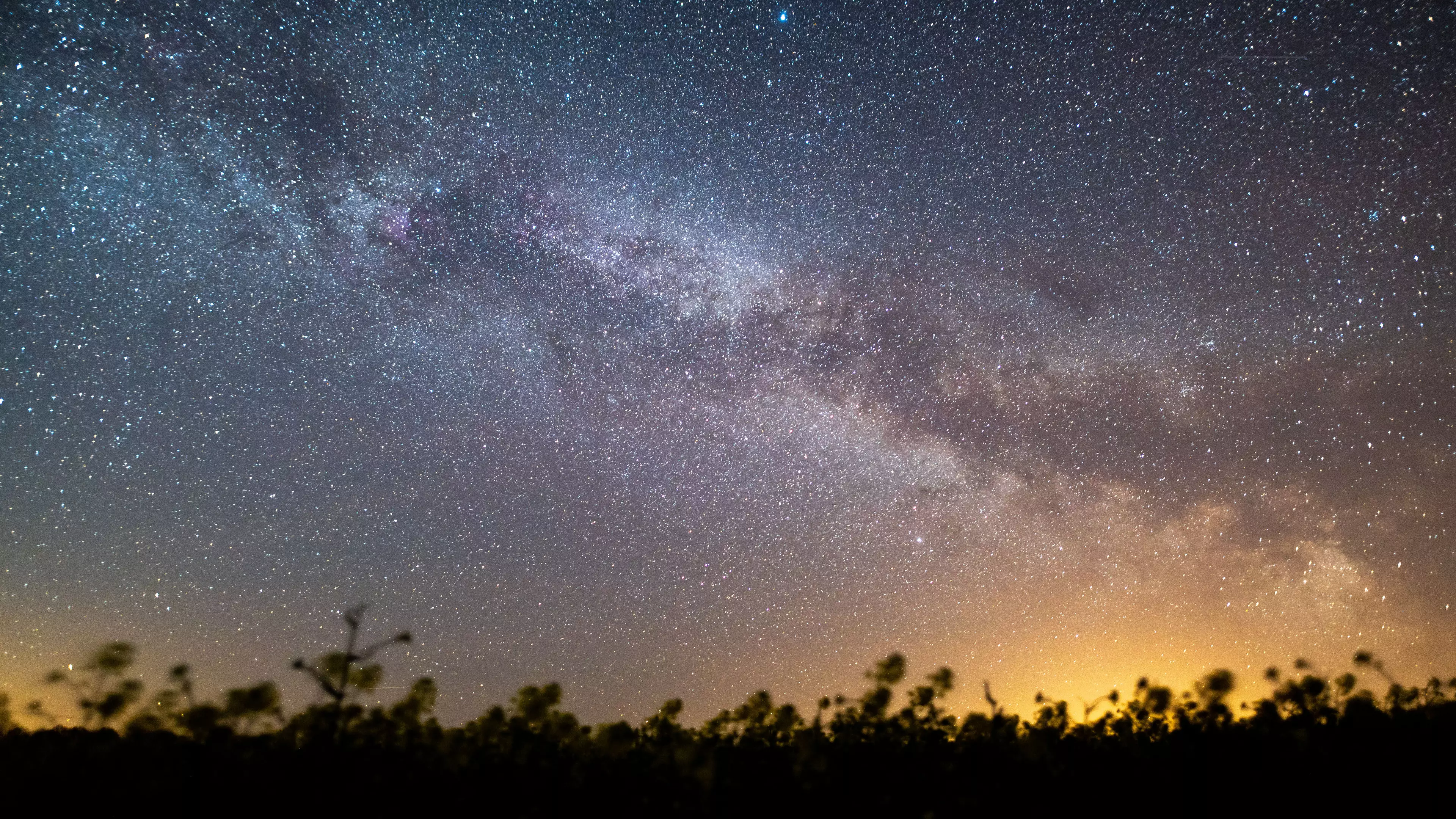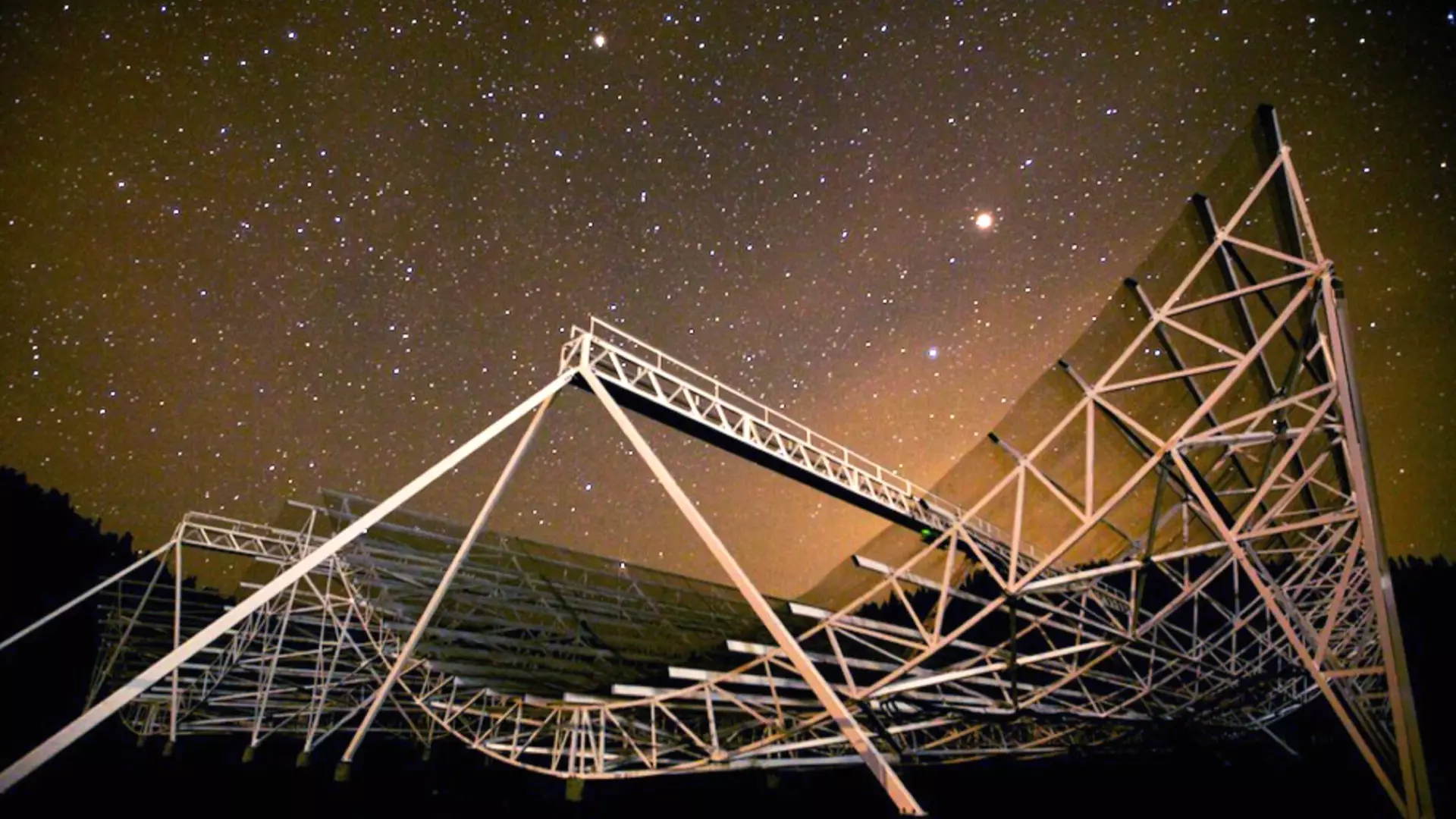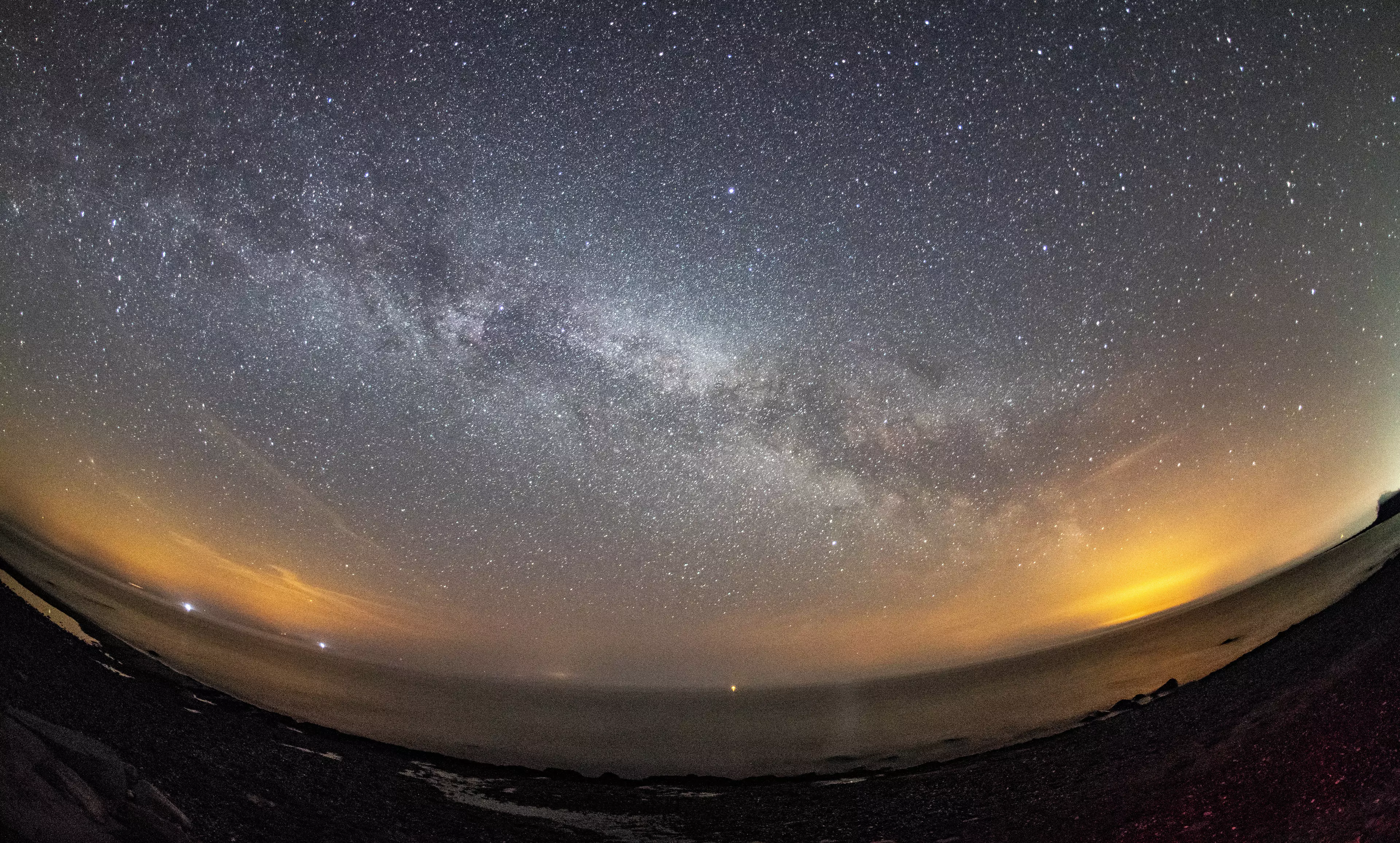
The mysterious signals coming from space are 'deeper' than first realised, scientists researching the fast radio bursts (FRBs) have said.
Astronomers first spotted the FRB known as 'FRB20180916B' back in 2018, and at just 500 million light years away, it's the closest one they've found to date.
While some FRBs - which were first discovered more than a decade ago - are individual flashes, others like FRB20180916B cycle rhythmically over and over again, making them particularly baffling to scientists.
Advert
A team led by researchers at McGill University and members of Canada's CHIME Fast Radio Burst have found that the radio signals are actually coming to us at lower frequencies than scientists had previously realised, having focused on FRB20180916B for the new study.

According to McGill University, the discovery 'redraws the boundaries for theoretical astrophysicists trying to put their finger on the source of FRBs'.
Ziggy Pleunis, a postdoctoral researcher in McGill's Department of Physics and lead author of the research recently published in The Astrophysical Journal Letters, explained: "We detected fast radio bursts down to 110 MHz where before these bursts were only known to exist down to 300 MHz
Advert
"This tells us that the region around the source of the bursts must be transparent to low-frequency emission, whereas some theories suggested that all low-frequency emission would be absorbed right away and could never be detected."
A press release from the university said the study focused on the FRB20180916B, as the source has 'attracted particular attention because of its relative proximity to Earth and the fact that it emits FRBs at regular intervals'.

The team combined the capacities of CHIME with those of LOFAR (Low Frequency Array) - another radio telescope in the Netherlands.
Advert
This joint effort not only helped scientists detect the 'remarkably low FRB frequencies', but also revealed there was a 'consistent delay' of around three days between higher frequencies being picked up by CHIME and the lower ones reaching LOFAR.
Co-author Daniele Michilli, who is also a postdoctoral researcher in the Department of Physics at McGill, said: "This systematic delay rules out explanations for the periodic activity that do not allow for the frequency dependence and thus brings us a few steps closer to understanding the origin of these mysterious bursts."
Featured Image Credit: PATopics: World News, News, space